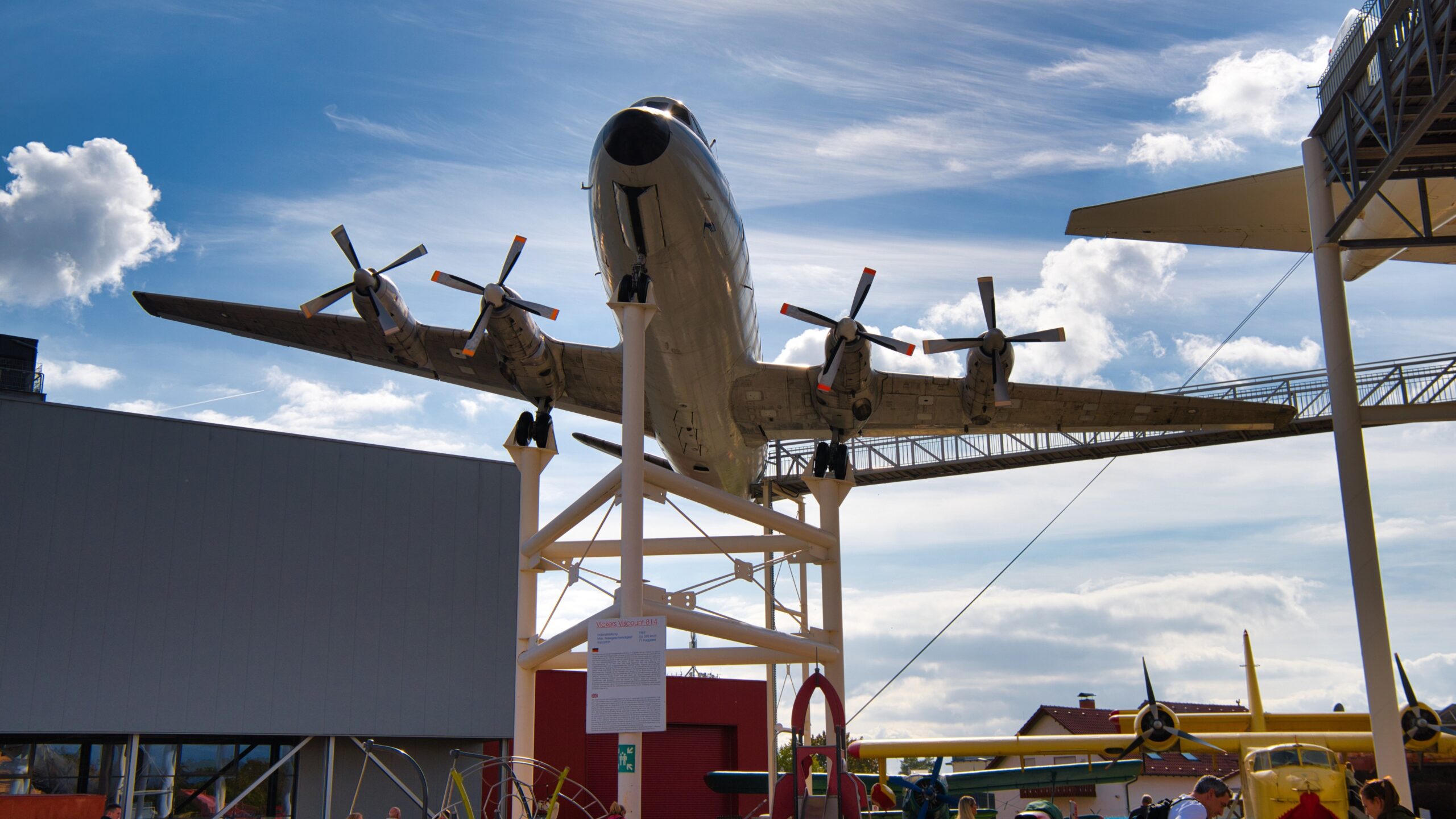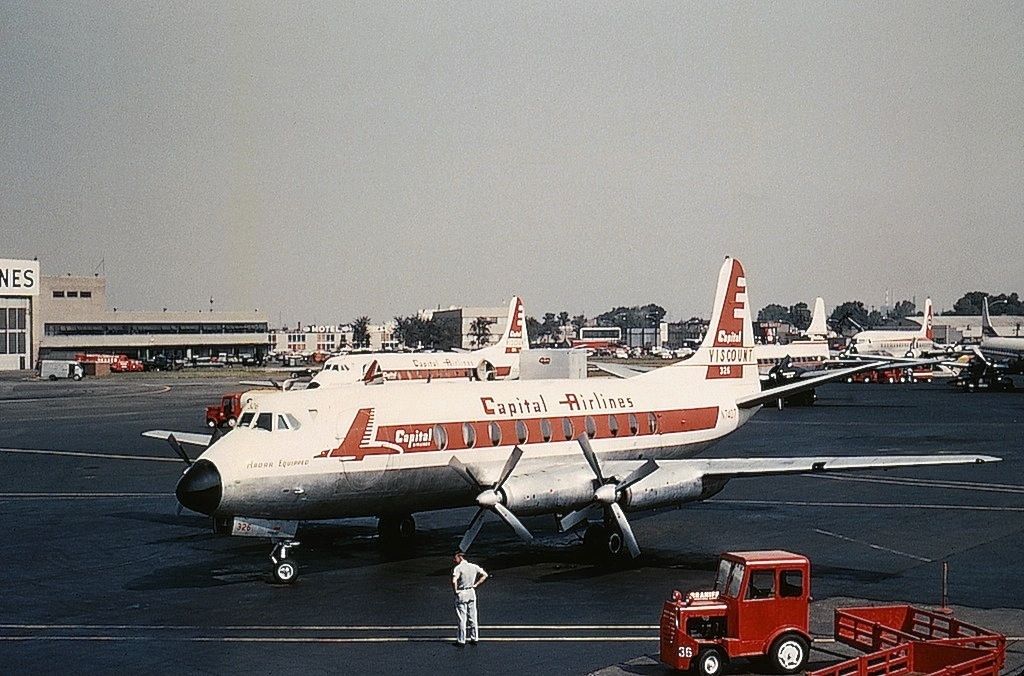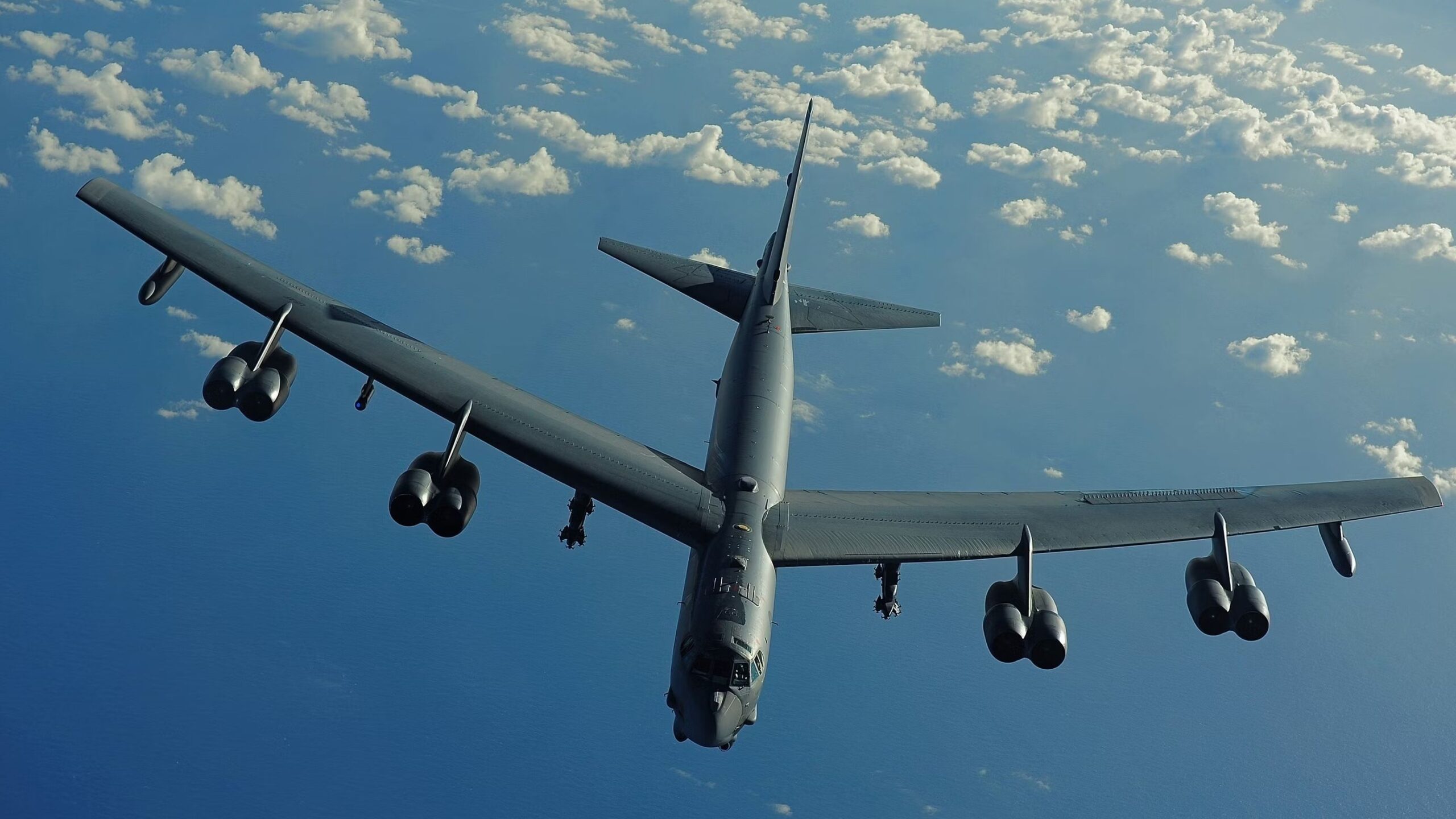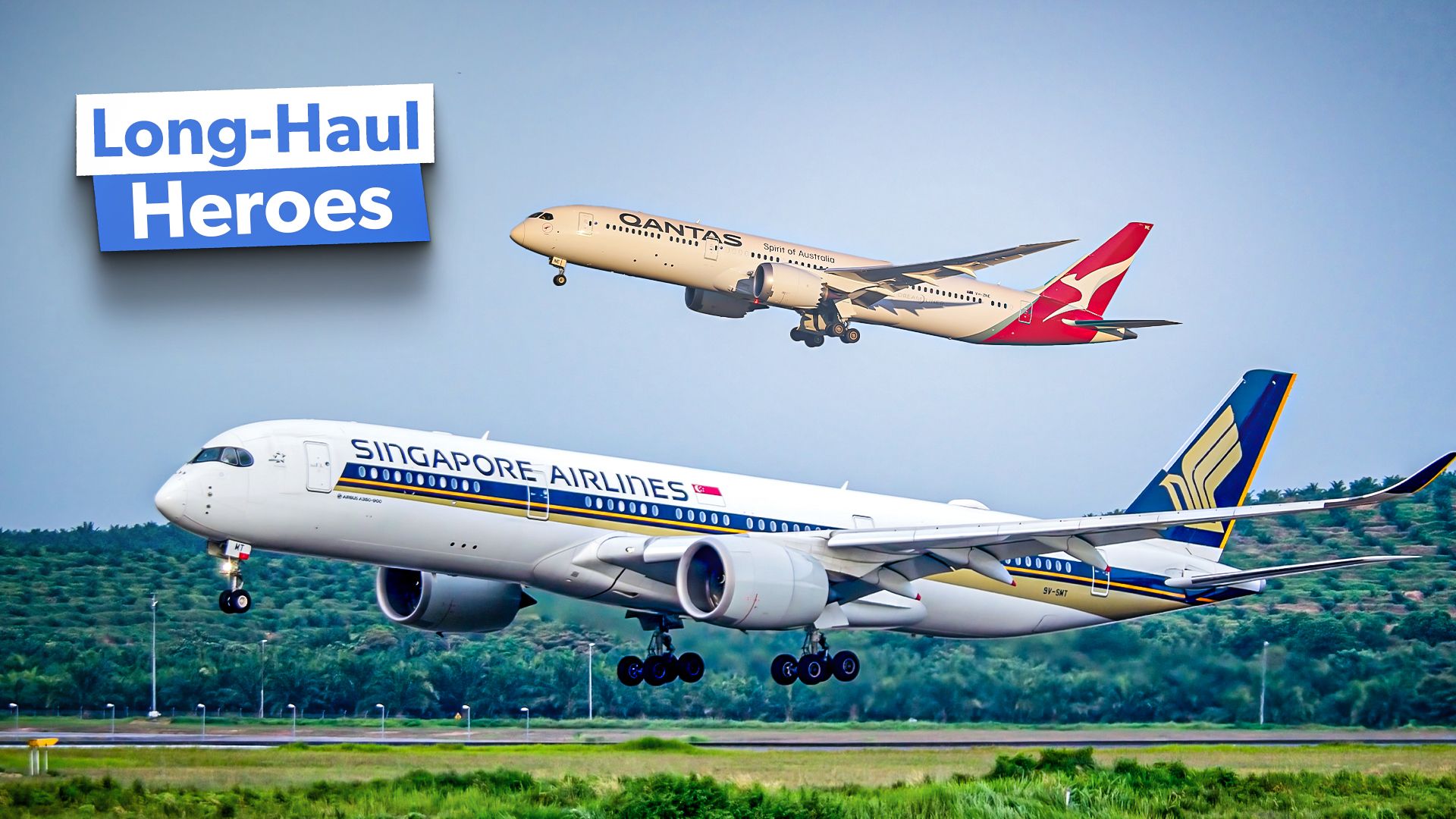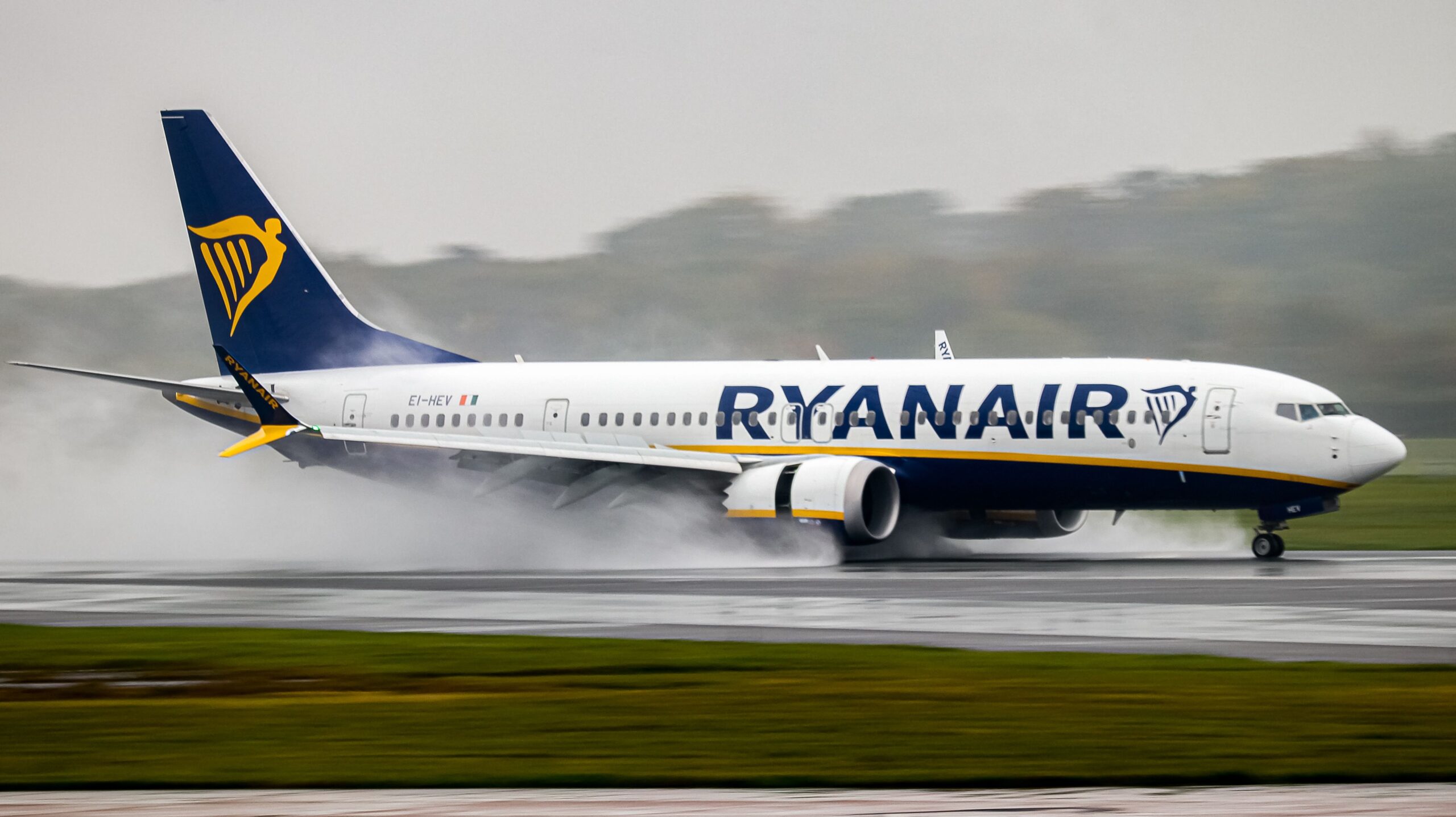Summary
- Capital Airlines was the first US operator of the Vickers Viscount, the world’s first turboprop airliner.
- The Vickers Viscount made up almost a third of Capital Airlines’ fleet but suffered a series of fatal accidents.
- Four fatal accidents involving Vickers Viscounts tarnished Capital Airlines’ safety record before merging with United Airlines.
Capital Airlines was a US-based regional carrier that existed in various forms for around a quarter of a century. Established in November 1936 as Pennsylvania Central Airlines, it commenced operations under the Capital name in April 1948. It eventually merged into United Airlines in 1961, but not before it suffered a series of fatal accidents involving the same aircraft type, namely the British Vickers Viscount.
The first US operator of the world’s first turboprop airliner
The reason for the airline’s name change was the fact that, in the aftermath of the Second World War, ‘Pennsylvania Central’ no longer reflected the state of its network. Under the new Capital Airlines brand, the carrier achieved milestones such as, according to Airline History, installing its first onboard TV, which took place in 1948. Two years later, its fleet grew with the addition of the Lockheed Constellation.
However, a particularly important breakthrough came five years further down the line in 1955, when the airline began flying the UK-built Vickers Viscount aircraft. This four-engine design held the distinction of being the first turboprop airliner, and Capital Airlines had the distinct honor of being its first US operator. It deployed the aircraft on its flagship routes, connecting cities such as Chicago and Washington.
Despite ultimately being remembered for its poor safety record at the carrier, the Vickers Viscount still went on to play a key role at Capital Airlines. Indeed, according to historical fleet data made available by ATDB.aero, the type would eventually go on to account for some 81 of the carrier’s 251 aircraft over the years, a proportion of almost a third. These aircraft were split between the following three variants:
- 76 examples of the Vickers Viscount 745D.
- Three examples of the Vickers Viscount 744.
- Two examples of the Vickers Viscount 812.
A series of unfortunate events
Unfortunately, Capital Airlines’ relationship with the Viscount became somewhat strained after a succession of crashes involving the type. One example (N7404) left the fleet in February 1956 after less than a year of service following a landing gear collapse that was the result of a hard landing induced by propellor malfunctions. Thankfully, everyone onboard survived, but things soon took a turn for the worse.
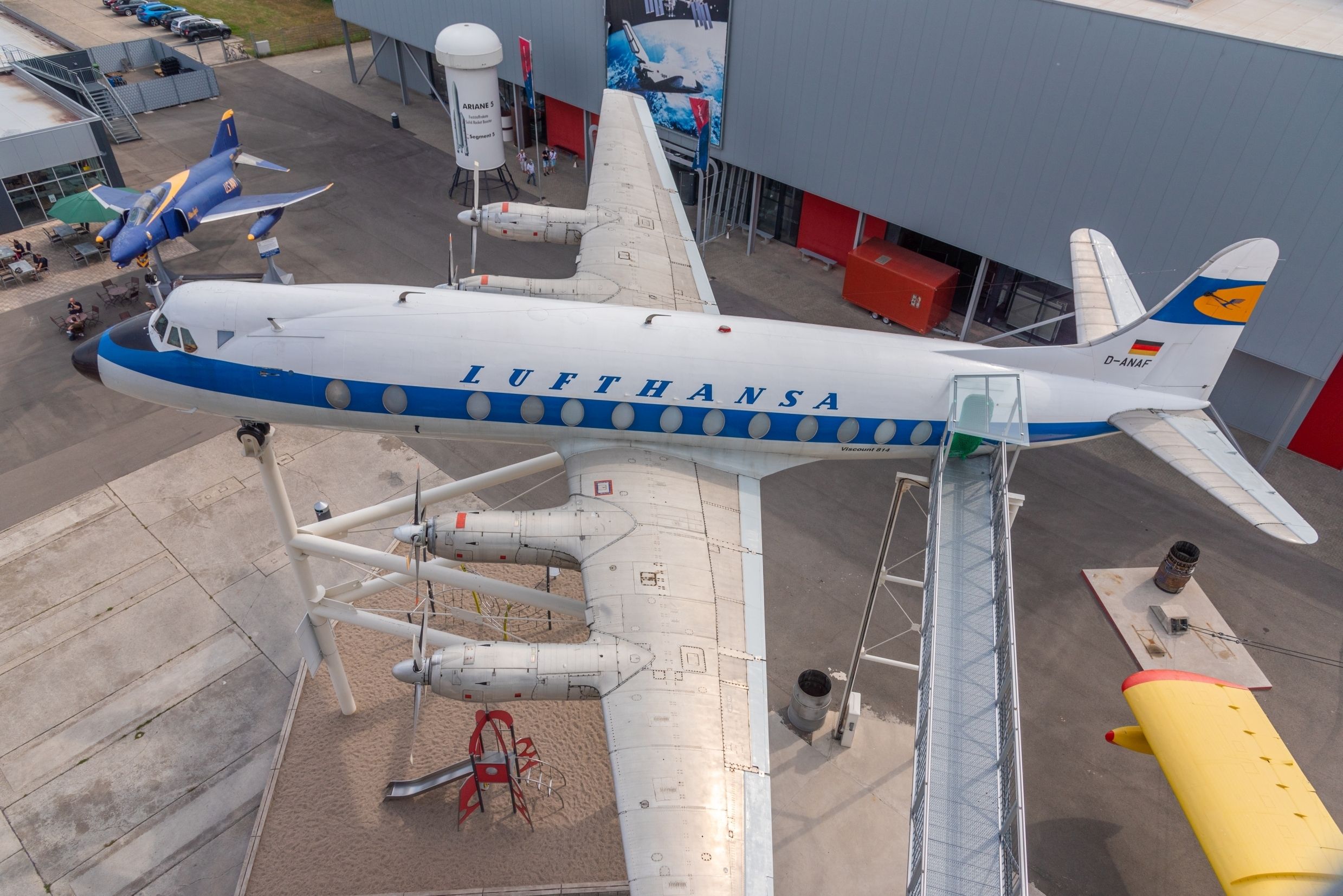
Related
The Vickers Viscount: The World’s First Commercial Turboprop
The type entered service some seven decades ago.
According to historical accident records kept by the Aviation Safety Network, The first of four fatal accidents involving Capital Airlines’ fleet of Vickers Viscounts took place in April 1958, when flight 67 crashed in a snowstorm while approaching Michigan’s Freeland Tri-City Airport (MBS). This occurred after a steep turn caused the plane to stall and lose control, sadly resulting in the deaths of all 47 onboard.
Just over a month later, on May 20th, 1958, Capital Airlines flight 300, operated once again by one of the American carrier’s Vickers Viscount aircraft, crashed near the city of Brunswick in the US federal state of Maryland. The aircraft involved bore the registration N7410, and, according to the Aviation Safety Network, was operating a domestic flight from Pittsburgh International (PIT) to Baltimore (MTN).
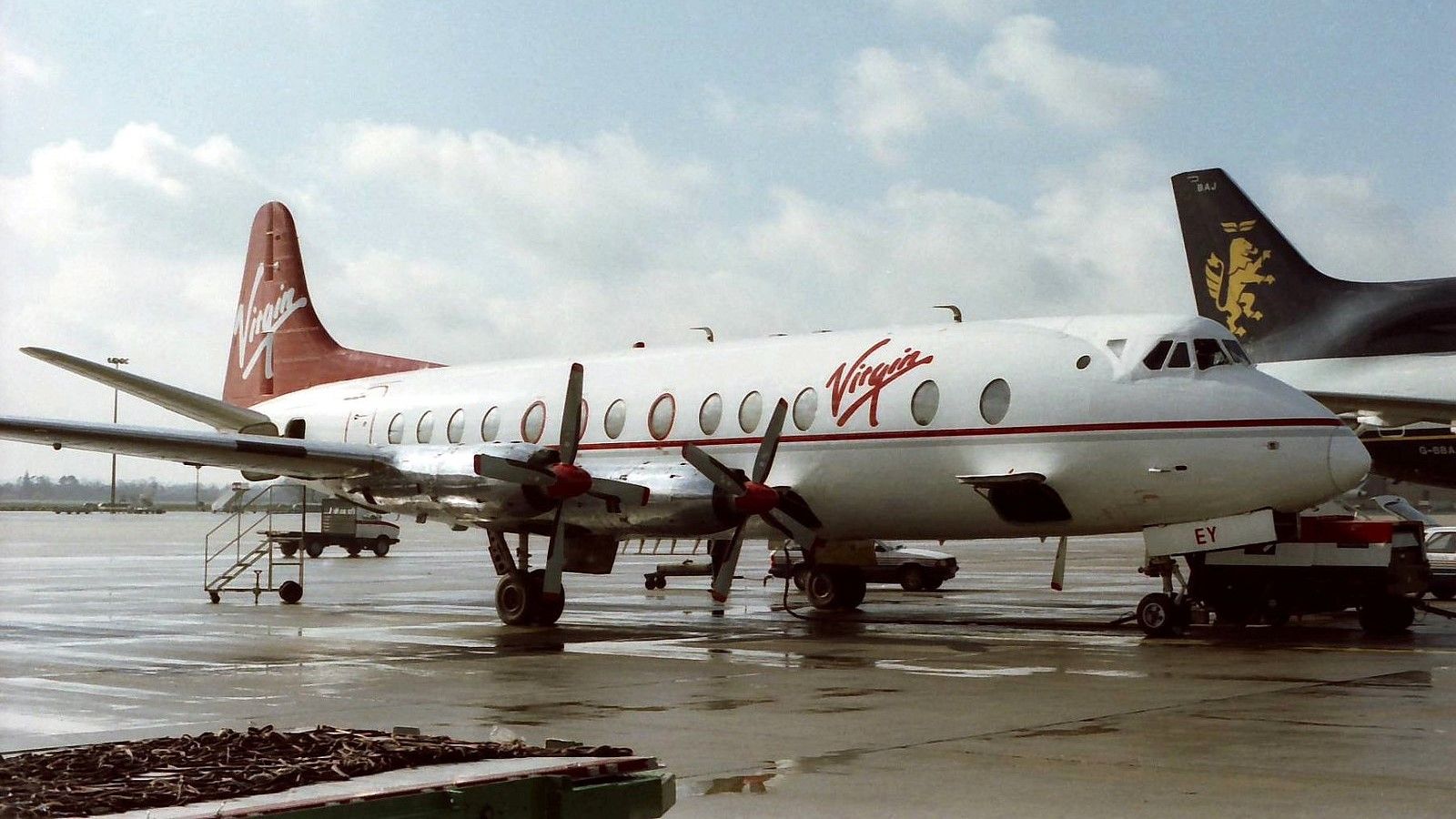
Related
Why Virgin Atlantic Flew A Vickers Viscount To A Small Dutch City
Did you know about this short-lived service?
The reason for the crash was that the Capital Airlines Vickers Viscount involved in the accident came down after experiencing a midair collision with a Lockheed T-33 jet trainer from the United States Air Force. Tragically, the disaster killed all 11 people onboard Capital Airlines flight 300, as well as one of the two occupants of the T-33. The latter aircraft was found to have been at fault for the collision.
The Viscount’s safety record at Capital quickly went from bad to worse
Sadly, two more fatal disasters involving Capital Airlines’ fleet of Vickers Viscount aircraft were still to follow, and in rather quick succession. The first of these saw all 31 occupants of flight 75 from New York to Atlanta lose their lives in May 1959, when the aircraft (N7463) broke up in flight over Maryland. This happened after turbulence forced it into a steep dive, exceeding the aerodynamic loads that it could handle.
The final fatal accident involving a Capital Airlines Vickers Viscount had the worst death toll of the four, with all 50 occupants (46 passengers and four members of crew) of flight 20 perishing in January 1960. Operated by N7462, the Aviation Safety Network notes that this particular service was bound from Washington National Airport (DCA) to Norfolk Municipal Airport (ORF) in the state of Virginia.
While flying over Holdcroft near Charles City in Virginia, Capital Airlines flight 20 came down in a forest when multiple engine failures caused it to spiral to the ground. These reportedly occurred due to inflight icing, and subsequently caused the propelloes to autofeather. Later that year, Capital Airlines was saved from bankruptcy when its merger with legacy carrier United Airlines was announced.
